There is currently a lot of evidence and research on hyaluronic acid and the benefits it brings when it comes to skincare.
For this reason, the compound has become one of the most popular in the cosmetics and personal care aisle.
We can find it as an ingredient in treatments, anti-aging creams, and even in essential products such as shampoo.
However, to say that this is the only use for hyaluronic acid would be an understatement. That is why here we can learn a little more about this particular element and its contribution to different fields of health.
What is hyaluronic acid?
You have probably heard a lot about hyaluronic acid and how this compound is used to perform aesthetic treatments.
And indeed, this is one of the most widely spread uses of this ingredient in the media. However, the truth is that all the qualities attributed to this ingredient are closely related to the nature of this compound.
The human body is capable of producing this acid naturally, especially during the first years of life. You don’t need to be a specialist to deduce that the organ where the highest concentration of this acid can be found is in our skin.
This compound is responsible for the skin being able to retain the moisture that the dermis requires to stay healthy.
However, hyaluronic acid can also be found in other areas of the body, performing very different but equally important functions.
All the joints in our body are connected by a membrane that is composed almost exclusively of this acid.
Inside the joints, the concentration of hyaluronic acid is divided into two parts: a first solid layer and a second liquid layer, which is located more toward the ends that connect the joint to the bone.
Here, the main function of hyaluronic acid is to create a protective barrier that prevents bones from colliding with each other. In addition, it is also responsible for supporting a significant part of the impact that the joint receives when we are moving.
In the human eye, there are also slightly smaller concentrations of this element. Its function in this particular part is to help retain moisture in the eyeball and protect it from external agents such as dirt and dust.
All of the above not only helps us to have a new respect for hyaluronic acid but also gives us a much broader understanding of its importance.
If you have done any research, you will surely know that although the body is capable of producing it on its own, this ability is something that the organism begins to lose over the years.
Although it is more than clear that the presence of wrinkles and skin imperfections are an important sign of a lack of this compound, other symptoms reveal its deficiency in the body.
One of the easiest to detect on our own is the loss of elasticity and joint pain.
Something very curious is that joint pain is experienced by the person long before the first wrinkles begin to be visible.
We cannot deny that hyaluronic acid plays an important role in our skin. But it is also very true that it performs other types of tasks within the body that are important.
Types of hyaluronic acid
When talking about the commercial distribution of this acid, there are two possible presentations within the market in which this compound can be found.
The first of these, and one of the most common, is hyaluronic acid known as non-cross-linked. In this form, hyaluronic acid is in a liquid state.
This presentation is one of the most popular, especially in the cosmetics and anti-aging products sector.
This is because hyaluronic acid in liquid form is considerably easier to obtain. It is also easier to manipulate and apply.
In the particular case of skin care beauty products, this ingredient is added to the formula through a process called synthesis. That is, the liquid is added directly to the formula and mixed with the rest of the ingredients until the mixture acquires the desired consistency.
The main aim of the acid synthesis process is to ensure that the product acquires some of the element’s characteristic permeability.
This ensures that the product can be absorbed more easily into the epidermis and allows the rest of the ingredients to act on the skin.
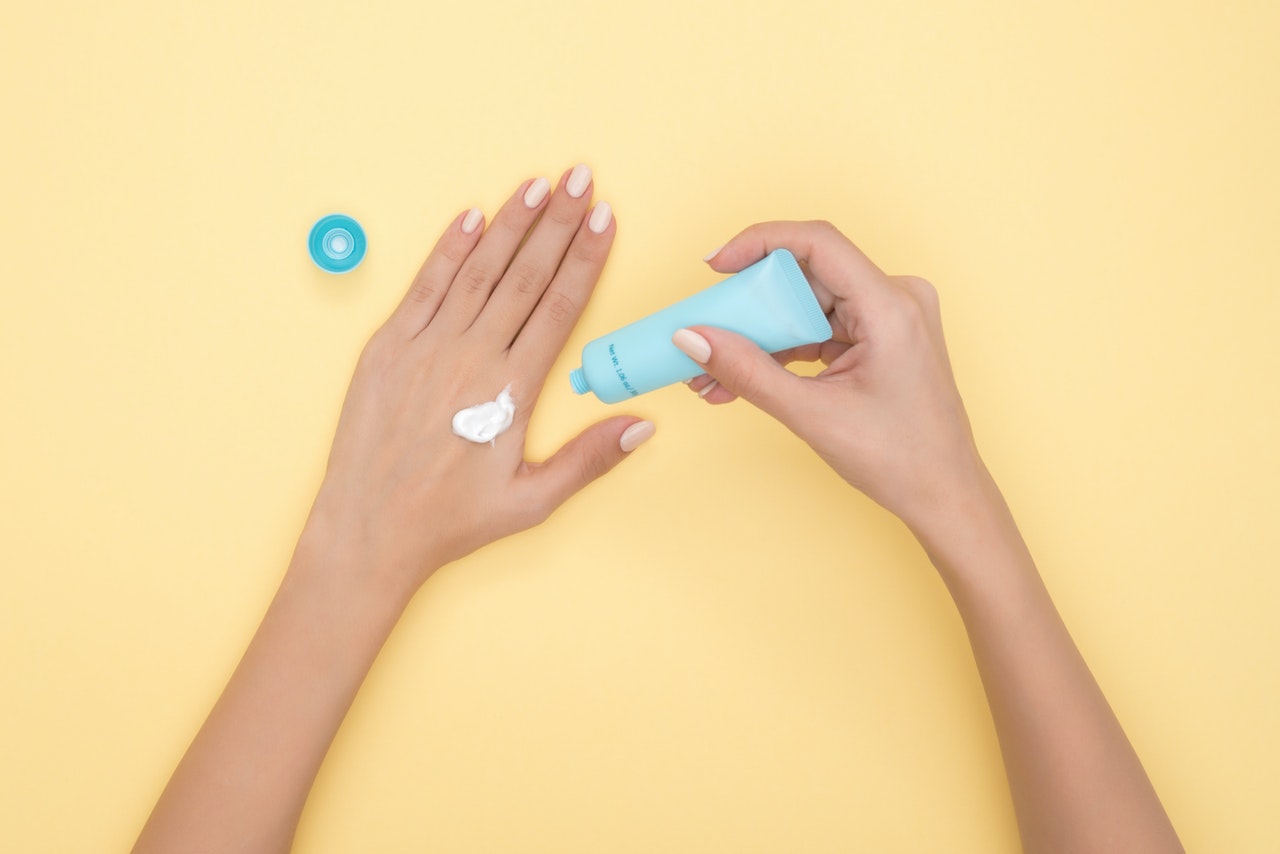
But one of the essential laws of life is that to obtain quality, you need to invest a little more capital. And this principle is perfectly applicable when we talk about non-cross-linked hyaluronic acid.
During the process used to bring the substance to its liquid state, it loses most of its main properties.
The second commercial presentation of hyaluronic acid is the one known in the medical world as cross-linked. This comes in the form of a colorless gel with a dense texture.
This gel represents the purest form of this compound and is therefore the one that retains all the chemical properties of the acid.
However, this presentation has a key drawback, and that is that the only way it can be applied is through a syringe, since this way it is possible to penetrate the outer layer of the skin and apply the compound to the area where it is required.
Typically, this type of treatment is most commonly used in medicine to treat joint problems. However, cross-linked hyaluronic acid injections are also widely used in cosmetic surgery.
In both cases, these treatments require not only a very particular type of syringe but also the intervention of an expert. All of the above makes these types of procedures considerably more expensive.
Main uses of hyaluronic acid
Hyaluronic acid has indeed been widely promoted nowadays, especially in terms of its uses and applications in the world of skincare.
But the truth is that this compound is more than just an ingredient in moisturizing creams.
One of the characteristics for which hyaluronic acid is most appreciated is its ability to retain moisture .
And while this quality is accepted by skin care experts, it also makes this compound shine in other fields. For example, in the area of eye health.
Most eye care products contain a significant percentage of non-cross-linked hyaluronic acid. Artificial tears and some contact lens cleaning fluids are two of the clearest examples.
Within the health sciences, this compound is particularly appreciated, especially for its ability to help lubricate and revive the muscle tissues that make up the joints.
On websites and specialized print media, the use of hyaluronic acid for much more complex medical treatments has even been proposed .
Some theories even claim that with the right amount of this compound supplied in controlled doses, hyaluronic acid could become an important ally in the fight against diseases such as cancer.
Despite strong theoretical evidence supporting this hypothesis, many experts agree that much more research is still needed before starting experiments tested on human patients.
The truth is that all the characteristics of hyaluronic acid allow this element to have two important uses today.
Aesthetic
It is impossible not to deny the fact that this is the application and use of the qualities of hyaluronic acid that are most widely publicized by the media.
The ability of this element to retain water makes it extremely effective in reducing signs of aging such as wrinkles and crow’s feet.
Doctor
Although this does not have the same media coverage as the previous use, medical science has used hyaluronic acid for many years.
This acid is widely used for treating diseases that affect the joints and the soft tissue that covers them, such as osteoarthritis.
Contraindications
There is no doubt that when it comes to aesthetics and skin care, hyaluronic acid is the star ingredient in most cosmetic products and treatments.
However, this is an element that must be handled with extreme care by professionals trained to deal with it.
Many digital portals and recent studies indicate that while hyaluronic acid is quite useful for certain procedures, they also warn that excessive use of it can cause more complications than benefits.
Ironically, the most beneficial property of this compound is also one of the biggest limitations when using this acid for surgery.
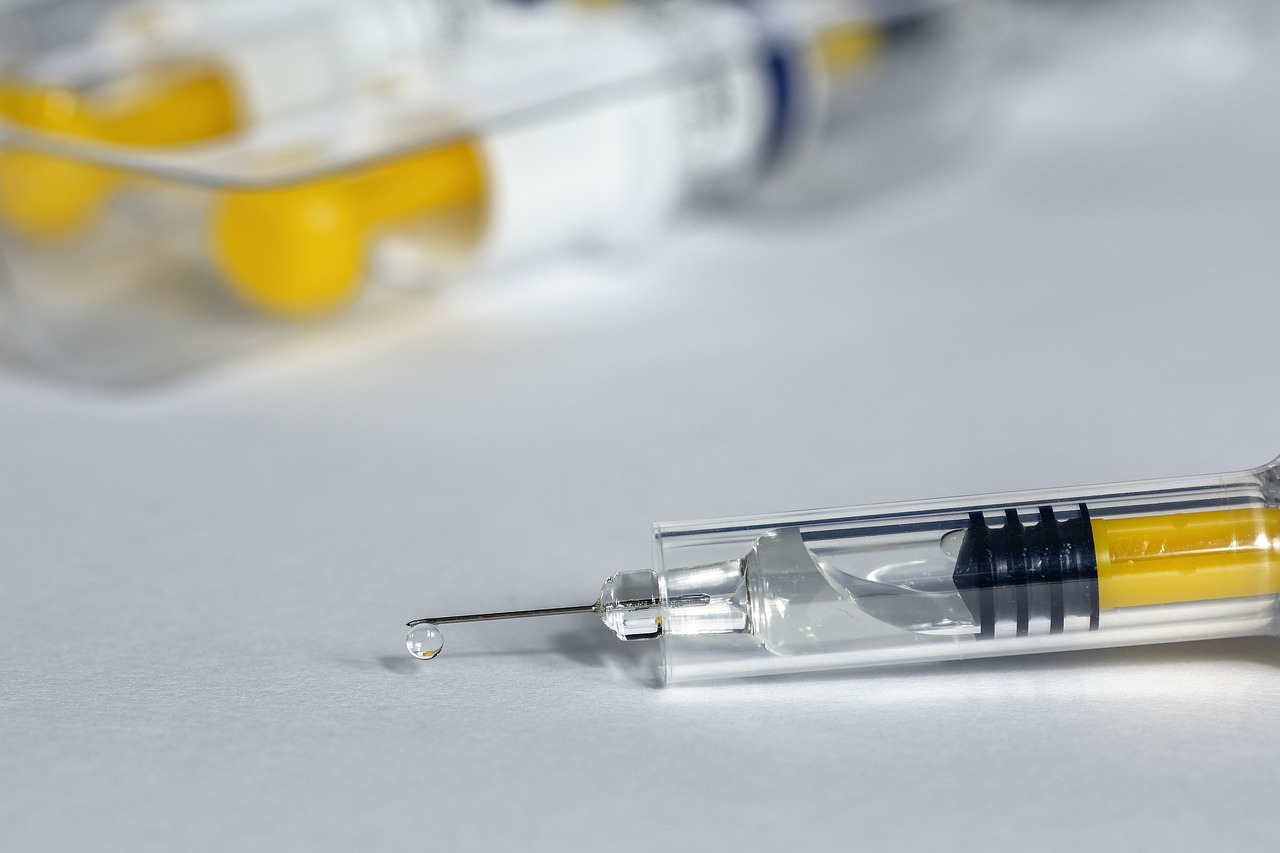
Hyaluronic acid is mainly made up of cells that act as small sponges that absorb water and retain it for a time.
While this is beneficial for the skin, it can lead to certain long-term complications.
It is no secret that for the body to function properly, it must receive the right amount of each element.
Therefore, an excessive level of hyaluronic acid in the skin can significantly disrupt the production of other necessary compounds.
Something that radically alters cosmetic surgeries performed using this acid is that the body’s ability to produce certain proteins such as collagen is seriously compromised .
This occurs mainly because to stimulate the production of this protein, the body must conserve a certain amount of water for this purpose.
Another major problem with surgeries using cross-linked hyaluronic acid is that when it is injected into the joints it requires time to settle.
Therefore, the patient who undergoes this surgery needs a couple of days of rest before fully regaining mobility.
There are also cases where small bumps appear in the joints as a result of an error in the amount of acid supplied in the dose.
But even though all this information has been confirmed, many people remain ignorant of it.
The media has focused so much on highlighting its benefits and advantages that they have completely forgotten to warn us about the consequences of abusing it.
We must always keep in mind that hyaluronic acid is an element for medical use. Therefore, any type of treatment that involves it must be consulted and previously approved by a health specialist before even starting it.
Projections toward new uses
Although the aesthetic uses of hyaluronic acid are more than confirmed, certain applications within the world of medicine remain to be verified.
As we have seen previously, this compound is mainly used for treatments of degenerative diseases that mainly affect the joints.
But recently theories have been published suggesting the use of this acid for more delicate medical procedures.
To fully understand this, it is necessary to know one of the fundamental qualities of hyaluronic acid.
And it is the ability it has to access the body with ease, even when it is applied externally.
This principle is widely used, especially in the development of cosmetic products such as moisturizing creams and anti-aging treatments.
Many experts agree that this characteristic makes hyaluronic acid an important ally in the fight against diseases such as cancer.
The theory holds that the acid, injected along with the other compounds used in chemotherapy, will not only stop the development of the disease but will also significantly reduce the effects of the drugs on the rest of the body.
That is to say, hyaluronic acid will allow cancer cells to be isolated from the rest of the healthy tissue. Or at least, that is what should happen according to theory.
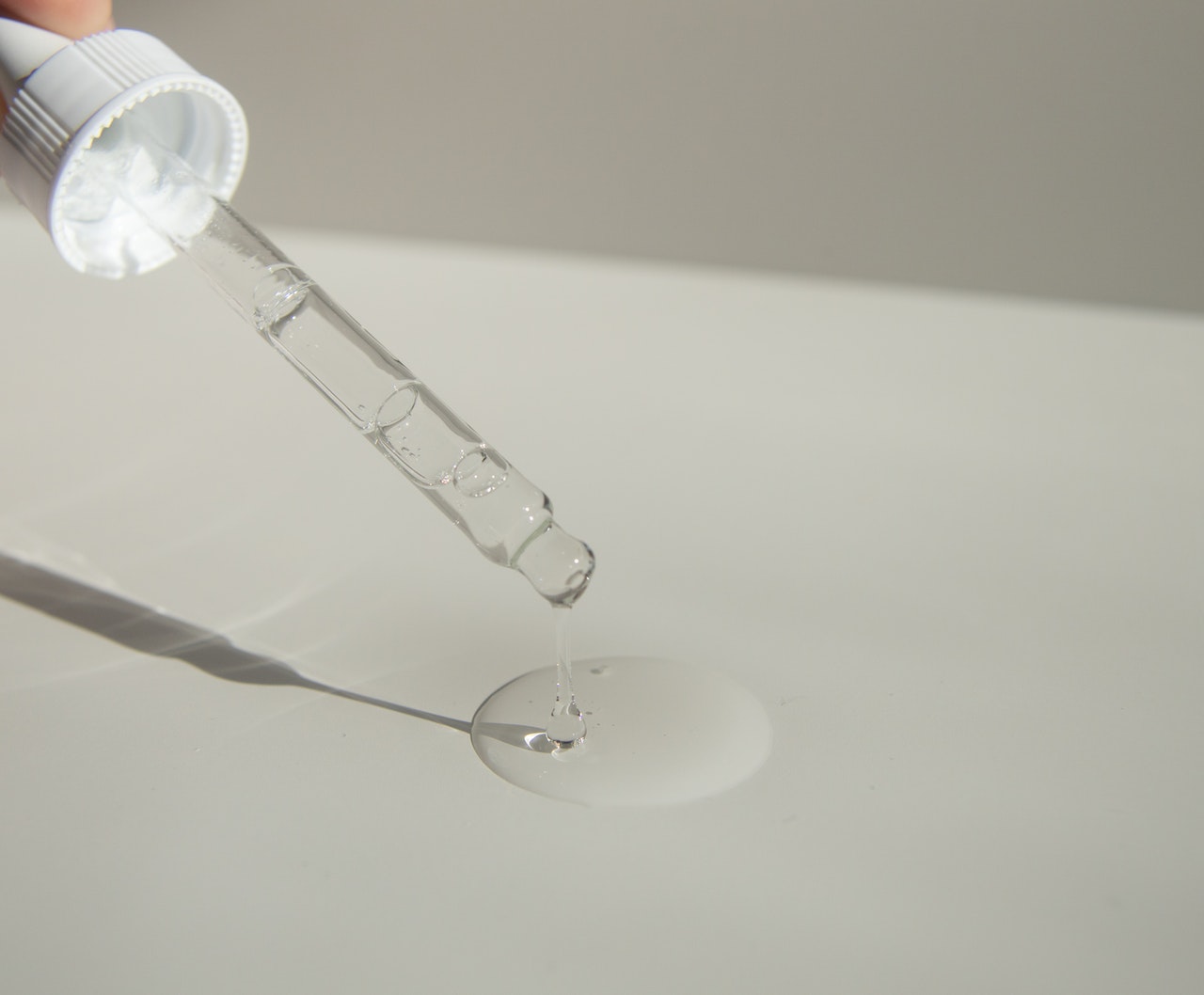
Also, many experts consider that this compound could be a key agent for the future of medical procedures with stem cells.
As in the previous case, the theory suggests that hyaluronic acid could be a good vehicle to help with the effectiveness of the treatment.
Making the body not perceive these cells as a possible threat, prolonging their effects.
All of this sounds quite promising, but we must not forget that at the moment these are only theories.
There is still much to study and experiment with this compound before it can be officially used in such treatments.
Conclusion
Hyaluronic acid is becoming more popular than ever, especially among people looking for ways to keep their skin hydrated and rejuvenated without resorting to surgery.
But as we have already seen, this chemical complex is more than just a tool to improve the appearance of the skin and combat the signs of aging.
Modern medicine has a great appreciation for this acid, especially for its ability to enter the body in a minimally invasive manner. All this has led many specialists to propose future applications for it.
Add to this the precision and accuracy that modern laboratories possess, and it will only be a matter of time before this element begins to be used in other branches of medical and cosmetic science.
Only one thing must be clear to us and that is that now we have to learn about the true benefits of hyaluronic acid.
Nowadays, this compound is enjoying a lot of acceptance in public opinion, especially in a society in which people have more sources and greater access to information than ten years ago.
However, it should be kept in mind that although hyaluronic acid promises many positive things for the future, not everything is rosy.
As with any other element, this acid must be treated with extreme care and used responsibly in a controlled environment and always under the supervision of a specialist.
We must never forget, no matter what is said through the media, that we must always have a certain degree of skepticism. And in the case of compounds such as hyaluronic acid, it is best to seek the opinion of a professional.
When one has the tools, means, and ability to carefully study any chemical or organic compound, there are no limitations to its possible applications in certain fields.









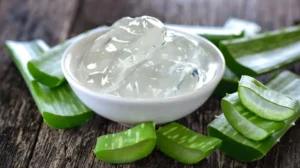





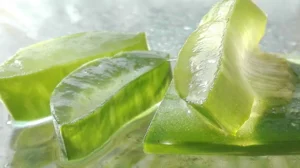







+ There are no comments
Add yours